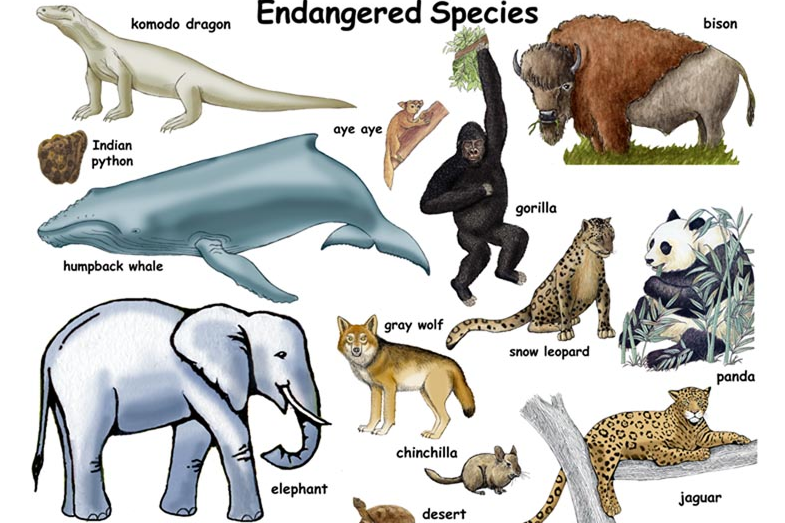 The tiger is the largest of the world’s big cats and this magnificent creature, with its distinctive orange and black stripes and beautifully marked face, has a day that is dedicated to it. This was first celebrated in 2010 and was founded at an international summit that had been called in response to the shocking news that 97% of all wild tigers had disappeared in the last century, with only around 3,000 left alive.
The tiger is the largest of the world’s big cats and this magnificent creature, with its distinctive orange and black stripes and beautifully marked face, has a day that is dedicated to it. This was first celebrated in 2010 and was founded at an international summit that had been called in response to the shocking news that 97% of all wild tigers had disappeared in the last century, with only around 3,000 left alive.
Tigers are on the brink of extinction and International World Tiger Day aims to bring attention to this fact and try to halt their decline. Many factors have caused their numbers to fall, including habitat loss, climate change, hunting and poaching and Tiger Day aims to protect and expand their habitats and raise awareness of the need for conservation.
Many international organisations are involved in the day, including the WWF, the IFAW and the Smithsonian Institute.
 We live in a world full of many animals, insects, plants and creatures which are approaching risk of extinction – or are so close to extinction, that their species needs help immediately. When a species is defined as endangered, its numbers are especially low – in the last few thousands, hundreds, or even tens. And when the last of the species is gone, they are gone for good.
We live in a world full of many animals, insects, plants and creatures which are approaching risk of extinction – or are so close to extinction, that their species needs help immediately. When a species is defined as endangered, its numbers are especially low – in the last few thousands, hundreds, or even tens. And when the last of the species is gone, they are gone for good.